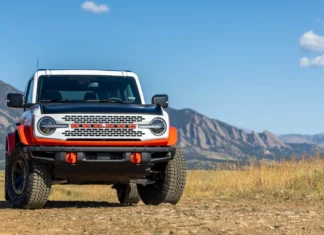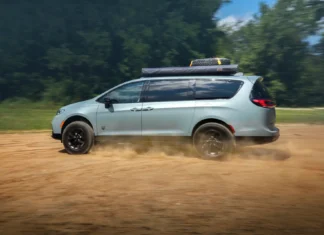Automakers continue to pivot resources away from EVs, with Ford canceling a previously announced model.
On the heels of new Ford EVs across the pond including an all-electric Explorer and resurrected Capri, we expected the rollout to continue stateside with a three-row SUV. That’s not going to happen, after all, as the Blue Oval announced altered plans for how it’s going to approach “electrified” models over the coming years — including a heavier shift toward hybrids.
“The electric vehicle market is rapidly evolving,” Ford says, “as Chinese competitors leverage advantaged cost structures including vertical integration, low-cost engineering, multi-energy advanced battery technology and digital experiences to expand their global market share.” Instead of contending with higher costs and, as a result, lower profit margins, it’s instead going to lean into hybrid vehicles as a cost-effective solution for customers and its own bottom line, extending the EV timeline to bring new models to market when lower-cost battery options factor into the equation.
One of the headline casualties of Ford’s strategy shift is the three-row electric SUV it announced earlier this year. That’s no longer happening, with the company instead focusing on hybrid vehicles, though it did not give a timeline for when such a model might emerge. Ford plans to take a $400 million tax write-down for manufacturing assets related to the SUVs it will no longer product. “These actions may also result in additional expenses and cash expenditures of $1.5 billion”, it said in its statement, and will reflect those expenses as a special item in future quarterly reports.
Ford also plans to delay its next-generation electric truck — a successor to the F-150 Lightning built on a dedicated EV platform — by about 18 months, or until late 2027. A midsize electric truck, under development by Ford’s “skunkworks” team in California, will also now launch in 2027.
For the time being, Ford says it plans to continue updating its existing Mach-E and F-150 Lightning EVs, while also pivoting toward more hybrid options. A new commercial van is also on the way in 2026, at the company’s Avon Lake, Ohio assembly plant. As a result of this shift, it will also pull back its annual capital expenditures dedicated to EVs from about 40% of the total investment mix to 30%.

























